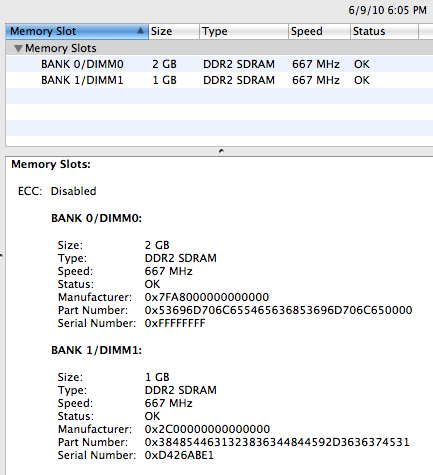It’s that time when bloggers wax introspective about the past year. For me, the major personal revelation in 2011 was re-discovering something very old, and putting it to new use. For me, 2011 was the year of the Emacs IDE.
I’ve been using Emacs, on and off, for close to a decade now. What’s changed is that, in the past few months, I’ve been writing extensions for it. It started with a simple desire to better navigate files in a complex directory hierarchy that followed specific and somewhat convoluted conventions. At first, learning Emacs Lisp was simply a means to an end, but I ended up liking it so much that I started exploring Common Lisp (and more recently, Clojure, since I’ve worked with Java in the past).
What started as a small task has become a larger project of turning Emacs into an IDE.
To understand this, one needs to know some context about the system I work with. We developers edit tons of XML files and files in other text formats, which all drive our proprietary web application product. We have many command line tools that manipulate these files in various ways; the system was originally designed by folks who followed the UNIX philosophy of building orthogonal tools and chaining them together.
There are pros and cons to this system; for reasons I won’t get into, I don’t love it, but it’s what we work with right now. When I started the job, the vast majority of the developers used screen, vi, and the shell prompt. Typical workflows that involved working with only a few files could be extremely hard to keep track of, and usually required a lot of copying and pasting between screen and/or ssh sessions. Few people seemed to mind, but I found the workflow to contain too much extraneous cognitive load, and the state of the tools made development very prone to error.
Gradually, I’ve been integrating our tools into Emacs. Sometimes that simply means binding a key combination to running a diagnostics program and storing the output in a buffer. Sometimes it means accumulating that output for history’s sake. Sometimes it means parsing program output, processing it in Emacs Lisp, and inserting a result into the current buffer. Sometimes it means running external programs, even GUI applications, and tweaking them a bit to tell Emacs to open specific files you want to look at.
The productivity gains have been amazing. This is no reason to brag: managing several screen sessions with different vi and shell instances wasn’t exactly hard to improve upon. But Emacs made it fairly painless. Emacs Lisp has proved to be wonderful “glue” for integrating existing tools in our environment.
Writing tools that enable you to do other job tasks better is a really interesting experience; I’ve never done it to such an extensive degree. So far, one other person in my group is using this Emacs IDE, and she has been happy with how much it facilitates her work. Others who swing by my desk for something often watch me work for a moment, and ask, “how did you do that?! that’s not vi, is it?”
Getting more people to switch over means convincing them that the steep learning curve of Emacs is worth the gains of the integration I’ve done. I’m not sure how much that will happen, since a big part of it is cultural. But if there aren’t any more converts, I don’t really care. The best thing about this ongoing project is that I am the end user. The software I wrote is really for myself. It is something I use intensively every single day. And that makes it all the more gratifying.
